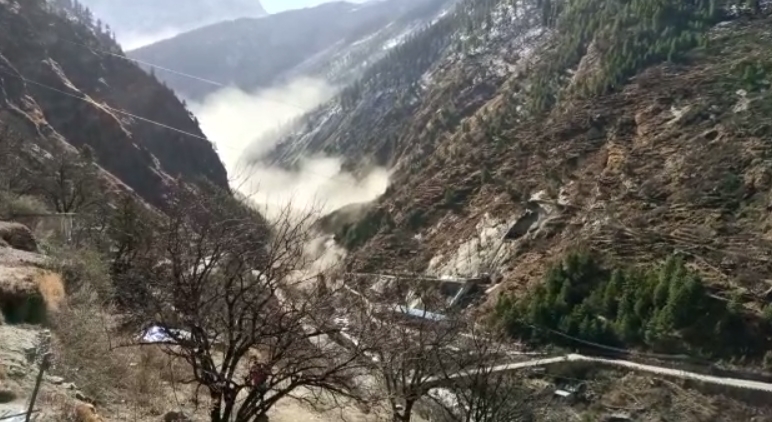
Union govt files suggestions before SC on setting up expert panels to determine Himalayan region’s carrying capacity
New Delhi, Sep 5 (IANS) The Union Environment, Forest and Climate Change Ministry has filed its suggestions before the Supreme Court on the constitution of the expert committee to determine the carrying capacity of the ecological fragile Indian Himalayan region.
The Centre suggested that all 13 Himalayan states may be directed to submit an Action Taken Report and an Action Plan to carry out the carrying capacity assessment in a time bound manner.
The Union government proposed formation of a Committee headed by the Chief Secretary of the respective State and comprising other members for carrying out a multi-disciplinary study as per guidelines prepared by G.B Pant National Institute of Himalayan Environment.
It sought directions for formation of a Technical Committee to examine or evaluate the carrying capacity studies prepared by the Himalayan states and to forward its report to the respective states for implementation.
On August 21, the Supreme Court called for suggestions from the Union government over formation of an expert committee to assess the “carrying capacity or bearing capacity” of the ecological fragile Indian Himalayan region against the backdrop of the recent land cracking and sinking issues in Uttarakhand’s Joshimath.
A bench, headed by CJI D.Y. Chandrachud and comprising Justices J.B. Pardiwala and Manoj Misra, had mooted formation of an expert panel to carry out a comprehensive study after the petitioner had pointed out that the “carrying capacity” template was formed by the government in the past and there is a need to undertake a comprehensive study by expert institutions.
During the hearing, Additional Solicitor General Aishwarya Bhati, who represented the Centre, had said that the Union government has circulated Guidelines for Assessing Carrying Capacity of Hill Stations including Cities and Eco-Sensitive Zones to all 13 Himalayan states in 2020 and has also sent another reminder in May this year requesting the states to submit their action plans.
The plea claimed the Indian Himalayan Region, spread across 13 states/Union Territories (UTs), is facing issues of unsustainable and hydrologically disastrous constructions – home stays, hotels, and commercial accommodations, hydropower projects and unregulated tourism, which has allegedly collapsed the drainage and waste management system.
The plea filed by Ashok Kumar Raghav said these governments have failed in preparing and implementing the master plans, tourism plans, lay-out, area development or zonal plans.
It added that due to non-existent carrying of bearing capacity studies, grave geological hazards in the form of landslides, land subsidence, land cracking and sinking issues such as that in Joshimath and previously as flash floods or glacial bursts in Kedarnath (2013) and Chamoli (2021), are being witnessed and serious ecological and environmental depredation is taking place in the hills.
Notably, the top court has said that it desired to restrict the scope of proceedings to Himalayan regions rather than all states of the country.
